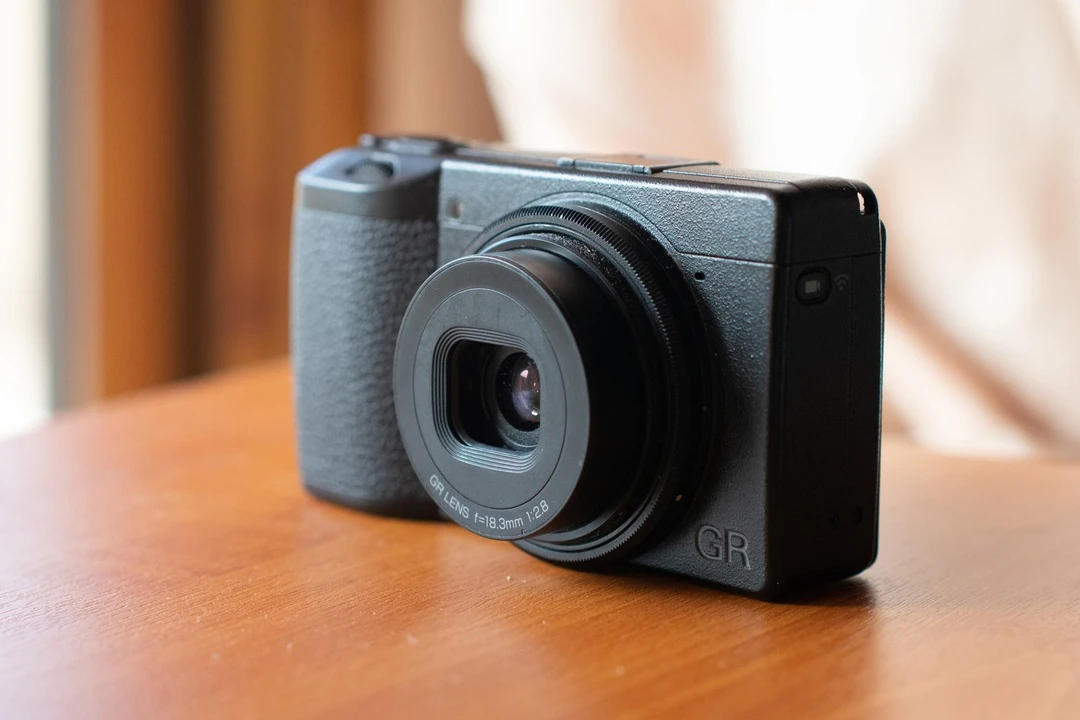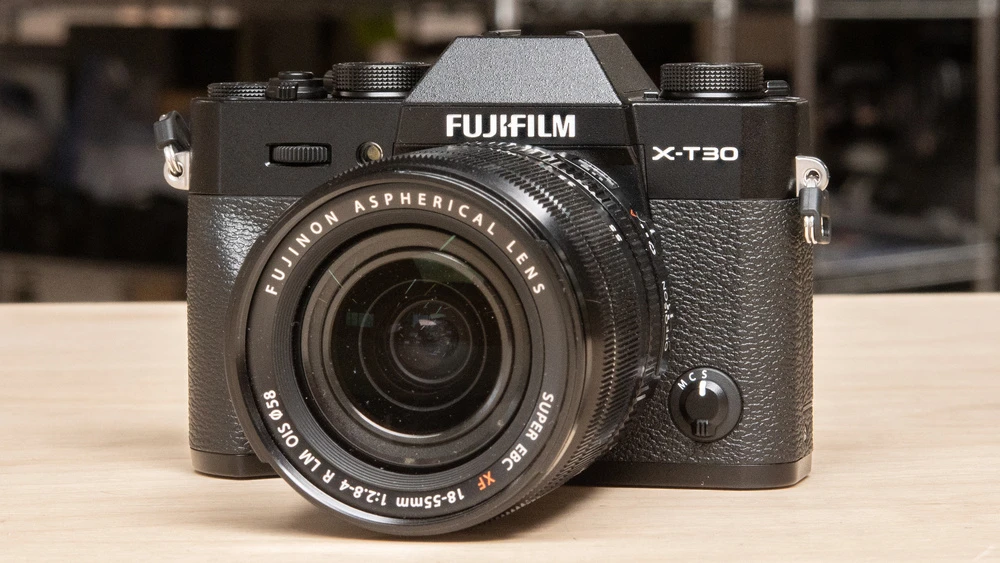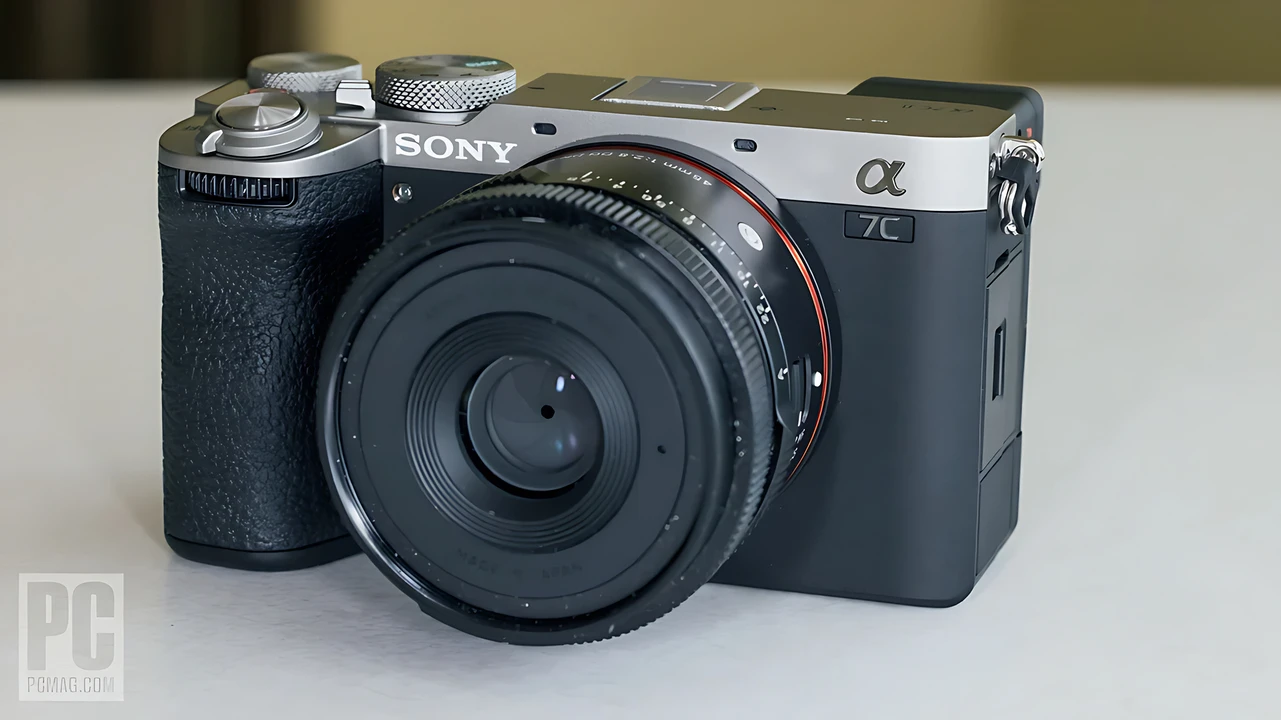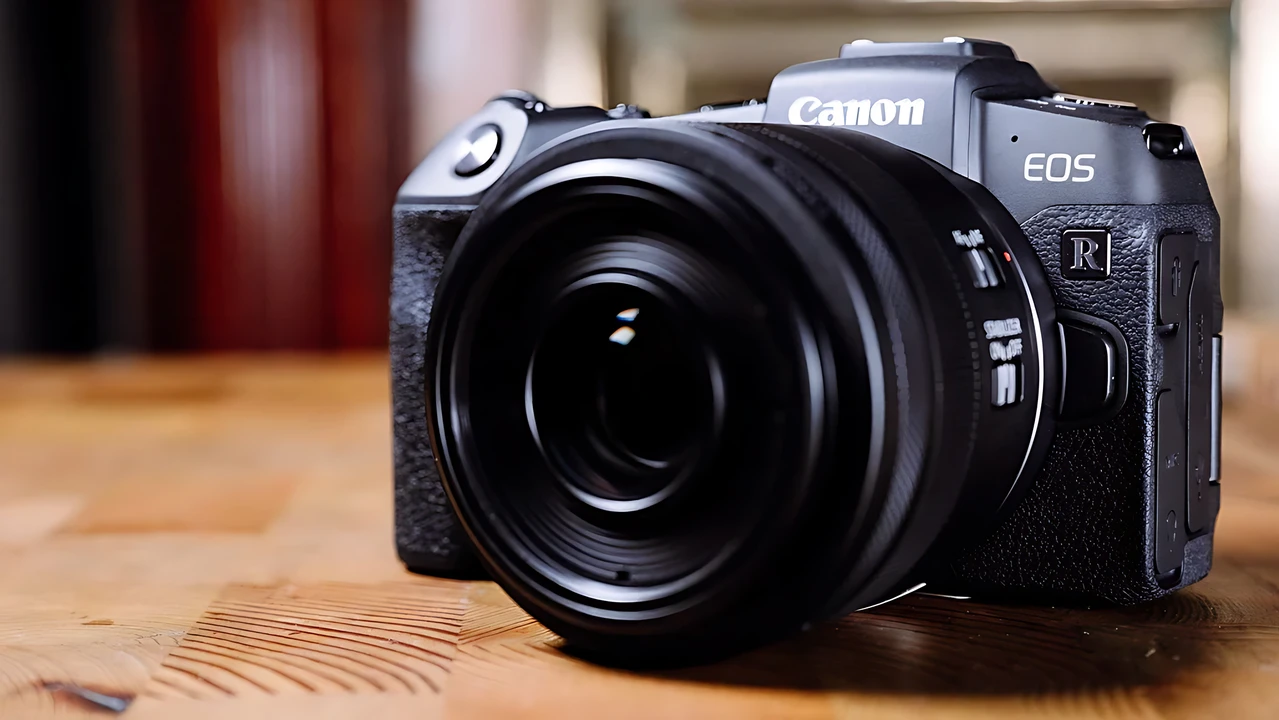Best Cameras for Street Photography 2024
by  Lina Thorne • Updated · Posted in Photography
Lina Thorne • Updated · Posted in Photography
Street photography is one of the trickiest genres of photography to do. But at the same time, it offers a lot of room for experimentation. So, it’s worth mentioning right away that you don’t need a special camera to start doing street photography. Frankly speaking, you can even shoot with your smartphone – there’s a decent amount of street photographers that shoot exclusively with a smartphone. However, you need to keep in mind that a digital camera will always give you more flexibility and produce better images than a smartphone.
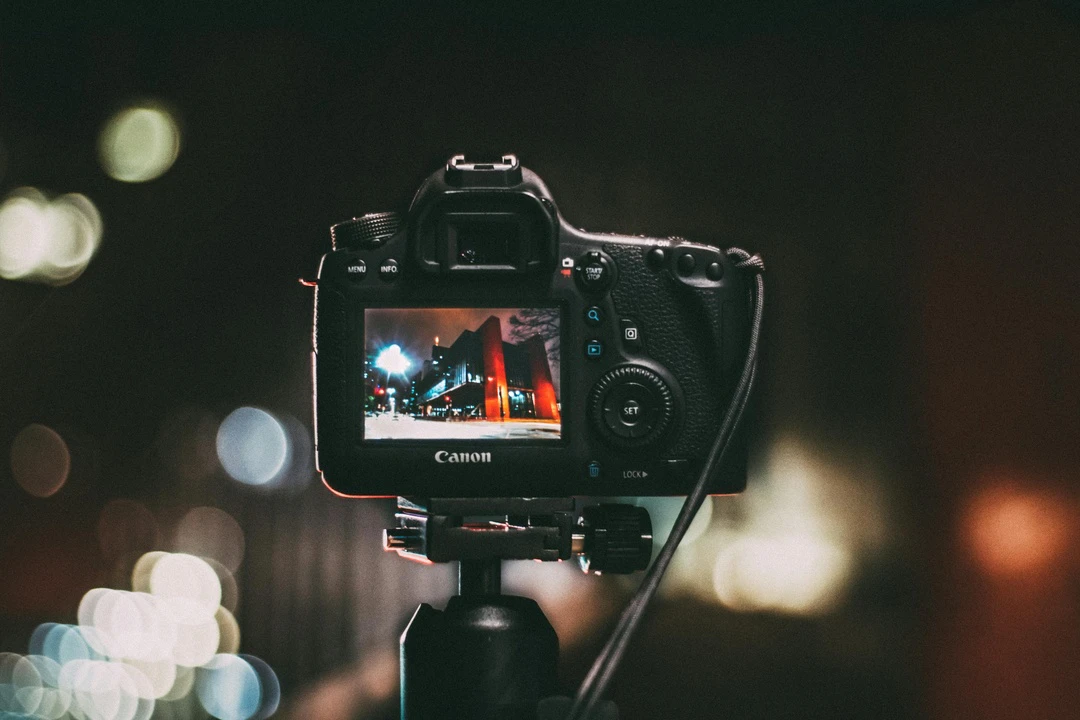
Mirrorless cameras are much more suitable for street photography than DSLRs because they tend to be smaller, lighter and their autofocusing system is usually faster. So, in this list of the best cameras for street photography you will find only mirrorless cameras. Each of these cameras have their pros and cons, but they all meet the majority of the criteria mentioned above.
So, let’s dive in!
The Best Cameras for Street Photography: Things to Consider
When choosing a camera for street photography, you need to go for something portable and compact. It’s crucial for a couple of reasons. Bulky camera bodies with huge lenses are very heavy. When doing street photography, you will need to walk a lot. With heavy gear hanging around your neck, you’ll get tired pretty quickly and want to go home, missing all the beautiful shots.
In addition to this, if you want to get good at street photography, you’ll need to have your camera with you practically at all times. After all, you never know when you’ll come across a great opportunity to capture a truly moving shot.
So, an ideal choice for you will be a compact camera that you can easily toss in your bag or even your pocket.
Another downside of bulky gear is that it will be pretty much impossible for people not to notice it. And the moment people notice a camera, in most cases, the less themselves they will be. Some might get nervous and even a little hostile. Others might start posing, which is also not very natural. If you really want to capture moments of life, you need to be a bit like a ninja – quick, precise and unnoticeable. You need to blend in with the surroundings and draw as little attention as you can. It’s challenging to be discreate with intimidating bulky gear.
There are some camera specs that you need to pay attention to.
It’s important for your camera to be fast; especially when it comes to autofocusing.
Say, you noticed that a great moment is about to happen, you took your camera out just in time and was ready to press the shutter button…but then your camera failed to focus properly. So, you missed a potential masterpiece. IBIS (in-body image stabilization) can be quite important, too. Surely, if you tend to shoot during the day and when it’s sunny, you won’t have to worry about shakiness in your images.
However, if you try to shoot in low light conditions or maybe you want to shoot a video for Instagram reels, you will surely need your camera to have IBIS.
Finally, you might be wondering: “Do I need a full-frame camera or APS-C camera?” Well, this depends entirely on your personal needs and your budget. Full-frame cameras tend to perform better in low-light conditions and offer shallower depth of field. The other benefit of full-frame cameras is that you won’t have to deal with the crop factor. In simple terms, if you put a 35mm lens on a full frame camera, you will get 35mm focal length. But if you put the same lens on an APS-C camera, you’ll get a tighter focal length. But, in most cases, full-frame cameras are bulkier and pricier.
Ricoh GR III : Compact Point-and-Shoot
There’s a bit of hype around this point-and-shoot camera right now. And for a good reason. The Ricoh GR III is a great choice for street photography because it’s portable and unnoticeable. It’s so tiny that you can really toss it into your pocket or go around holding it right in your hand. Thanks to its small size and minimalistic design, you will be discreet and able to easily capture candid shots.
This is a point-and-shoot camera, which means that it already has a built-in fixed focal length lens which you won’t be able to switch to another. With this built-in lens you will get a 28mm focal length, which is relatively wide, and you’ll be able to fit a decent amount of space into your frame. If you like to shoot at 35mm or 50mm, you can crop your images right in camera. It has APS-C sensor, but it’s surprisingly quite large. Therefore, you’ll get photos of high resolution and excellent quality.
Another great thing about Ricoh GR III is that it has IBIS, so you won’t have to worry about your photos looking shaky. This camera performs in low-light conditions quite well, too.
The tradeoff of this camera’s portability is its poor battery life. It will probably last for a couple of hours before you will need to recharge it. Also, there’s no viewfinder and the screen isn’t tilting. The absence of the viewfinder can be considered as a plus since you won’t have to bring the camera to your face and thus people might not realize that you’re taking a picture of them. However, if you are used to shooting using a viewfinder, this might be a disadvantage for you. No tilting screen, however, can be an issue if you want to shoot at a very low or a very high angle, because you won’t be able to see how your shot is framed. The autofocus system can be quite unreliable and not very effective at times.
Fujifilm X-T30 II : Compact Mirrorless
It would’ve been impossible not to include a Fujifilm camera on this list since this brand is insanely popular among street photographers. Fujifilm X-T30 II is probably one of the best Fujifilm camera for street photography. It’s a retro style camera, so if you are into vintage film cameras, you will really like its design and enjoy how it feels in your hands.
In addition to this, Fujifilm X-T30 II has 18 film simulations, which means your photos will have the film colors you want. Your photo editing process will be much quicker thanks to this. Maybe you will barely need to process your images at all. If you like film photography, but don’t want to deal with all the challenges that film photography presents, Fujifilm X-T30 II can be a great choice for you.
Fujifilm X-T30 II is an interchangeable lens camera which means you will be able to put different lenses on it – prime lenses and zoom lenses. What’s great about Fujifilm is that the vast majority of their cameras and lenses have a relatively compact design. So, even if you get a couple of Fujifilm lenses with different focal lengths, they won’t make your camera bag too heavy. Interchangeable lens cameras give you a lot of flexibility and freedom since you will be able to choose the focal length that you want to shoot at. Please note that like the majority of Fujifilm cameras, Fujifilm X-T30 II has an APS-C sensor.
Fujifilm X-T30 II has decent subject and eye-tracking and it’s autofocusing system is not that bad, but unfortunately, it’s not as effective and quick as you might want for street photography. If you need to shoot in tricky lighting conditions, be ready that there might be some noise in your shots. That’s due to the fact that this camera doesn’t perform in low light all that well.
Unlike the previous Ricoh GR III, this Fujifilm camera has a tilting screen, but it’s not vari-angled, so you will still be somewhat limited. Fujifilm X-T30 II has a rather limited battery life – again, the tradeoff of the portability – but it’s possible to purchase a couple of spare batteries or even use a power bank to charge your camera. Finally, Fujifilm X-T30 II doesn’t have IBIS, which means you might end up with some shakiness in your shots.
Sony α7C II : Low-Light Performance
Now, it’s time to move on to slightly bigger cameras. Both Ricoh GR III and Fujifilm X-T30 II were small and pocket-sized because they had a crop-sensor. Sony a7C II is a full-frame camera, so it’s bigger than the previous two options. But not by much. The camera body itself is still quite compact and not bulky. Also, despite its size, it has great battery life. It’s an interchangeable lens camera and Sony has a great choice of lenses; including some really bulky zoom lenses which can make your camera much heavier. So, it’s better to go for a small, compact prime lens. Then, your gear will be small and lightweight.
Probably, the main benefit of Sony cameras is their excellent low-light performance and excellent dynamic range. If you are interested in doing street photography during nighttime and generally prefer to shoot in low-light conditions, you’ll probably need a Sony camera. The Sony α7C II can produce amazingly detailed images of high resolution. It handles noise well, so you’ll get great images even if you are shooting in tricking lighting conditions.
Another advantage of this camera is that its fantastic autofocus is very fast, so you won’t miss any great moments. Plus, this camera has a weather-sealed body, so you won’t have to worry all that much about it when shooting on a rainy day. And you’ll be glad to know that Sony a7C II offers great IBIS, so it’s also suitable for video work and you can easily shoot at slower shutter speeds yet still get good handheld shots. There aren’t many downsides to this camera, aside from one. Probably the main downside is that Sony gear tends to be quite pricey, so this camera might not be suitable for your budget.
Canon RP : Affordable Full-Frame
This is also a full-frame camera that has a weather-sealed body, but at the same time it’s much lighter than Sony α7C II. Canon RP is somewhat similar to Sony a7C II, but it’s much more affordable. It’s an interchangeable lens camera, so, similarly to Sony, it’s better to use a compact prime lens for street photography. There’s a decent selection of prime RF lenses and you can use EF lenses with the RF-EF mount adapter.
What’s great about Canon cameras is that they have amazing ergonomics; Canon RP is no exception. It has an intuitive menu system and generally it’s amazingly comfortable to use. Speaking of the camera body design. One of the main advantages of Canon RP is that it has a bright, fully-articulated screen, so you will be able to frame your shot properly while shooting at a low or high angle. Its effective autofocus system is impressively fast. Canon is well known for its amazing color science. Their cameras are very color-accurate and produce images of excellent quality and sharpness. So, if you care about colors in your images looking great, then Canon RP will be an ideal choice for you.
The downsides of Canon RP is that it has no IBIS – so won’t be suitable for video work and you can get some shaky shots – and it doesn’t perform in low-light conditions as well as Sony cameras. Thus, if you shoot night-time street photography, be aware that you might get some noise and graininess. Also, its battery life is quite short. But you can purchase a couple of spare ones.
A Couple of Words on Editing
If you don’t want to spend a lot of time editing your images, you can make great use of Watermarkly. On our website you can find a variety of tools that will make basic image editing much easier, quicker and more efficient. You can protect your street photos from unauthorized use by adding a logo or a textual watermark to them. It’s possible to crop image for social media in matter of minutes thanks to the built-in social media presets. In addition to this, you can blur faces and blur license plates in photos, resize and compress JPEG, GIF and PNG images, convert them to a different format, and much more.
In Conclusion
There’s no perfect camera. There are always tradeoffs and things that you’ll need to sacrifice. In street photography, it’s important for your camera to be discreet and portable, but it inevitably leads to poor battery life. Meanwhile, bulkier cameras will be able to operate for longer and tend to have better autofocus system, but if you get a big lens for it, you will end up with a heavy gear kit that will quickly wear you down. There’s no other way but to compromise. Hopefully, this list of the best cameras for street photography helped you narrow down your choice and find something that will suit your needs. And remember that the camera itself isn’t as important as your photography skills. If you know how to operate your camera well, even if it’s an entry-level camera or a smartphone, you will be able to get great images.
More Tips For Photographers:
What Are the Most Common Photography Mistakes
